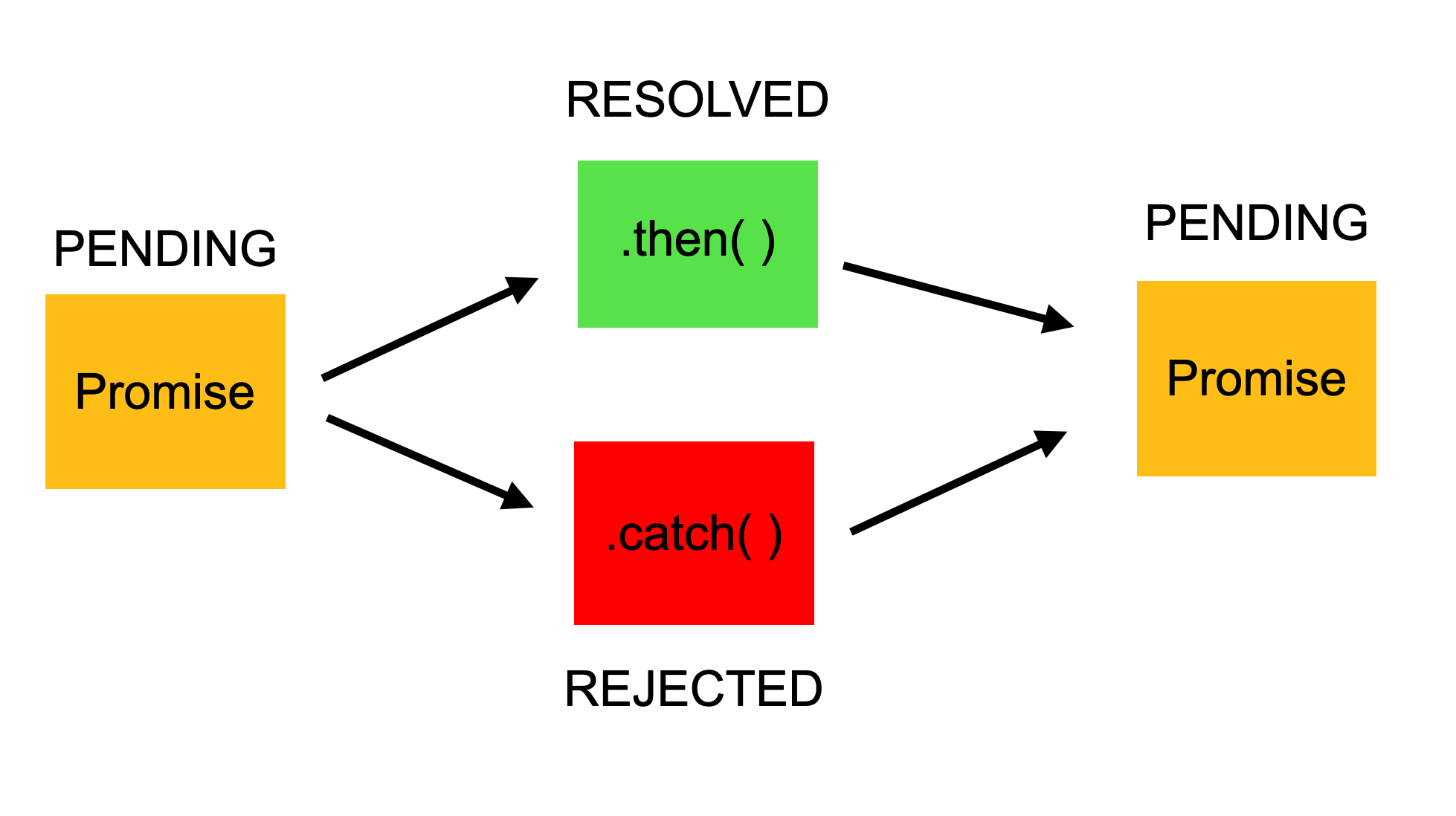Mastering Promises: A Guide to Asynchronous JavaScript
Introduction:
Are you tired of dealing with callback hell in JavaScript? Promises offer a reliable solution for managing asynchronous operations. Let's dive into the world of promises and learn how to harness their power for cleaner and more efficient code.
The Problem with Callbacks
In the past, callbacks were the go-to solution for handling asynchronous operations in JavaScript. However, they suffer from inversion of control and can lead to complex and unreadable code. Let's explore how promises offer a more elegant and reliable alternative.
function placeOrder(food, callback) { // Processing the order... console.log(Ordering ${food}...);
// Simulating some time passing (async operation) setTimeout(function() { // Order is ready, so we "call back" by executing the provided callback function console.log(${food} is ready!); callback(); }, 2000); // Simulating a 2-second wait time }
// When the order is ready, this callback function is executed function eat() { console.log("Time to eat!"); }
// Placing an order and providing the 'eat' function as a callback placeOrder("Burger", eat);
Understanding Promises
Promises provide a structured way to manage asynchronous operations, offering a clear separation between the initiation of an operation and its final completion. We'll take a deep dive into the inner workings of promise objects and their states, as well as the benefits they provide for developers.
Handling Asynchronous Data
With promises, managing the return of asynchronous data becomes intuitive and straightforward. We'll explore how to attach callback functions to promise objects and demonstrate their effectiveness in handling the flow of data without falling into the trap of callback hell.
Promise Chaining and Readable Code
One of the key advantages of promises is their ability to elegantly handle dependent asynchronous operations through chaining. By chaining promises, you can maintain code readability and avoid the clutter of nested callbacks, resulting in a significant improvement in code organization and clarity.
// Function that returns a promise function doSomethingAsync() { return new Promise((resolve, reject) => { // Simulating an asynchronous operation (e.g., fetching data from an API) setTimeout(() => { const success = true; // Change this to see different outcomes if (success) { resolve("Success!"); // If successful, call resolve with a value } else { reject("Error!"); // If an error occurs, call reject with an error message } }, 2000); // Simulating a 2-second asynchronous operation }); } // Using the promise doSomethingAsync() .then((result) => { console.log("Promise resolved:", result); }) .catch((error) => { console.error("Promise rejected:", error); });

Promises and Trust in Transactions
Promises instill trust and guarantee in managing asynchronous transactions, providing a reliable means to handle the completion of operations. We'll explore real-world scenarios where promises excel in ensuring the successful execution and completion of asynchronous tasks.